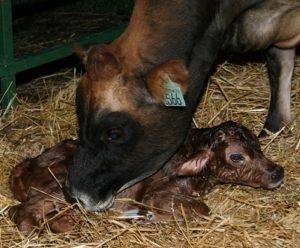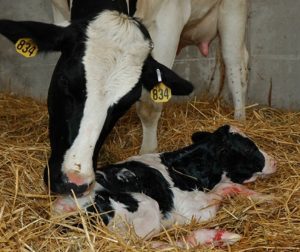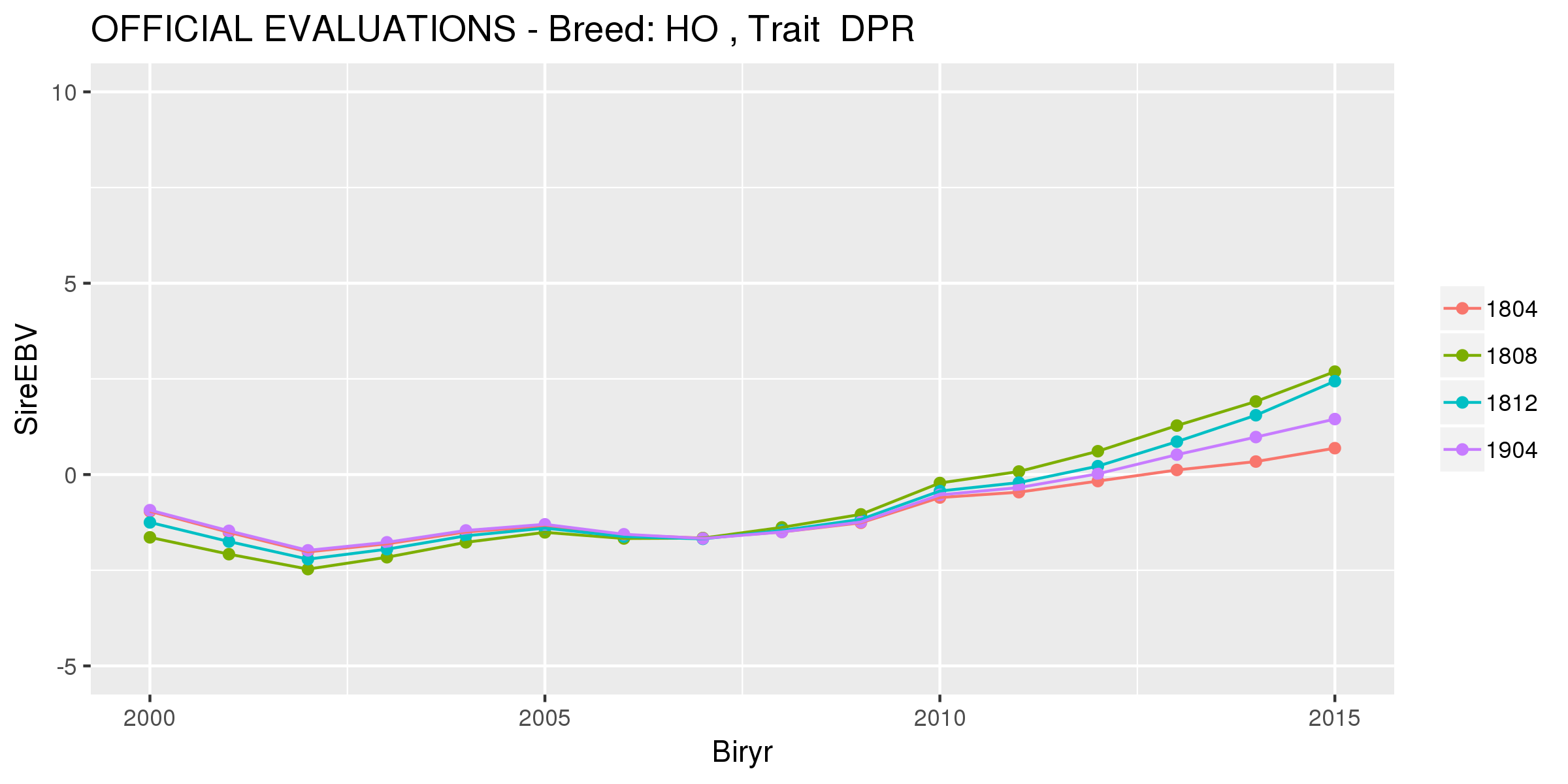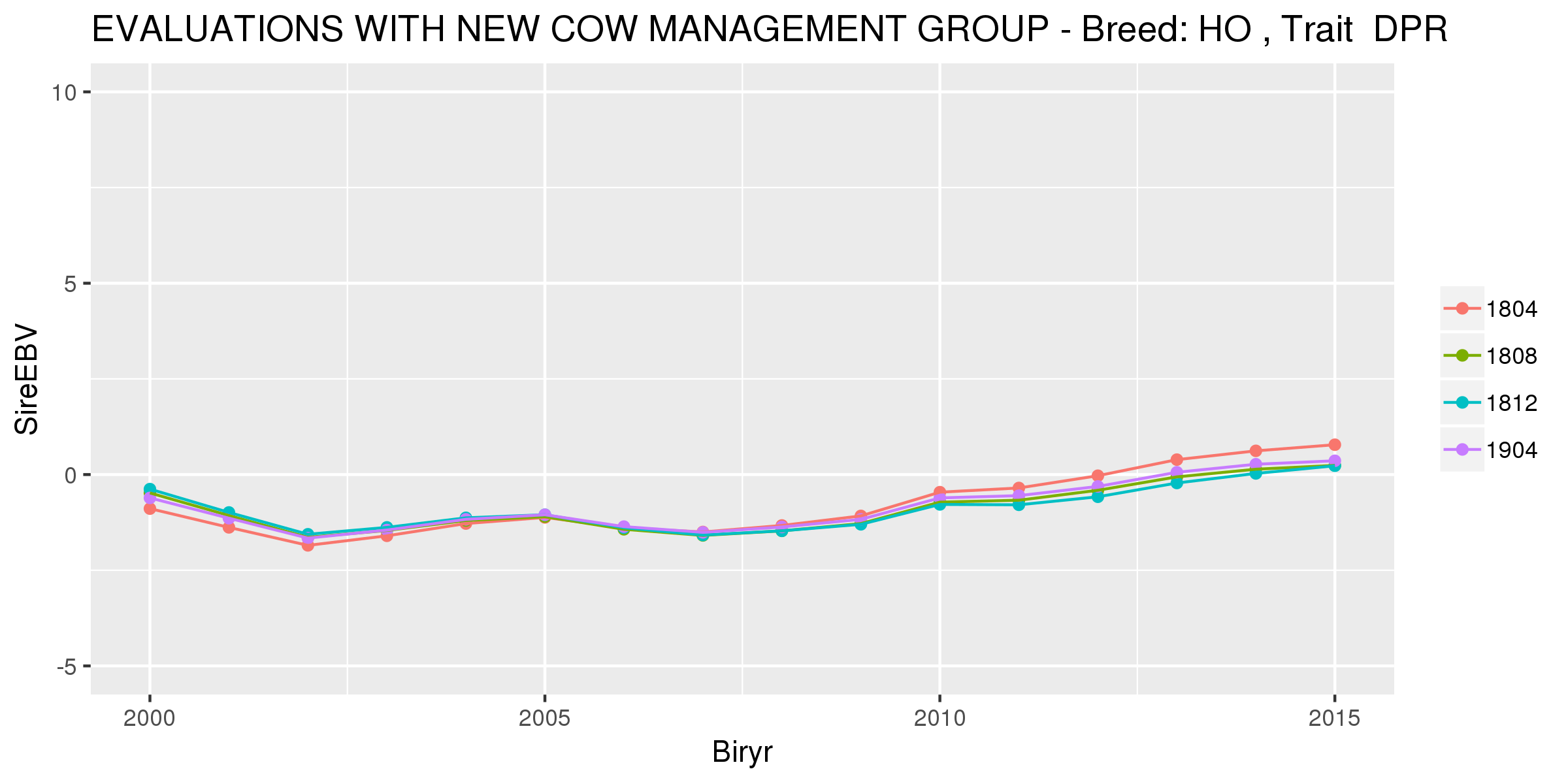Over the last couple of years, the noticeable seasonal fluctuation in trends in fertility traits has been difficult to understand. In particular, a large percentage of young bulls either increased or decreased, depending on the season of the triannual run (April, August, or December). It is no surprise that when bulls’ evaluations increase, it makes a lot of breeders happy. In contrast, when Predicted Transmitting Abilities decrease, many folks are disappointed. Understandably, producers hate to see bulls they’ve been using decline as it appears that their previous selection of service bulls was not optimum. These perceptions of the changes are unwarranted if it turns out the increases or decreases observed were due to shortcomings in the evaluations, i.e., changes occurred simply because the estimation procedures did not account for season appropriately. A key concern is that users may lose confidence in the usefulness of the results provided.

In order to understand the impact the revisions proposed (new seasonal grouping) would have on the stability of future evaluations, CDCB reran the past 4 evaluations using the revised seasonal groups. The results are shown below for daughter pregnancy rate (DPR) in Holstein. Trends from the same four runs were examined for cow conception rate (CCR) and heifer conception rate (HCR) as well, and also for Jerseys. Comparison of trends in the four official runs (Figure 1) and trends from improved seasonal grouping runs (Figure 2) gave reviewers’ confidence that this lingering problem is now resolved.
Figure 1:
Figure 2:
The results are extremely encouraging because almost all the seasonal variation disappeared when the model changes were applied. The seasonal variability observed in runs previously published (OFFICIAL) was gone in the test runs (TEST) using the revised procedure. These research runs give us confidence that the change introduced in the upcoming August 2019 evaluation will no longer produce the seasonal fluctuation experienced in the last couple of years. The actual changes in Predicted Transmitting Abilities (PTA) for the top 100 NM$ bulls in the previous evaluation are shown in Table 1 for 2 breeds.
Table 1. Changes in PTAs in fertility traits of Holsteins and Jerseys between the April 2019 and August 2019 runs
| Fertility trait | Active AI Holstein bulls | Genomic Holstein bulls | Active AI Jersey bulls | Genomic Jersey bulls |
| DPR | -0.68 | -0.99 | -0.50 | -0.61 |
| CCR | -1.71 | -2.36 | -1.63 | -1.72 |
| HCR | -0.13 | -0.47 | -0.22 | -0.33 |
There were a couple of other minor changes implemented that were obvious improvements that had little impact on the evaluations. For example, cow lactations initiated with an abortion were removed so they no longer biased Early First Calving (EFC). Abortions were previously entering that EFC calculation. Since the incidence of these cases was extremely low, the impact of this new edit is negligible on a population framework but could change EFC on single animals slightly.

Source: uscdcb.com













